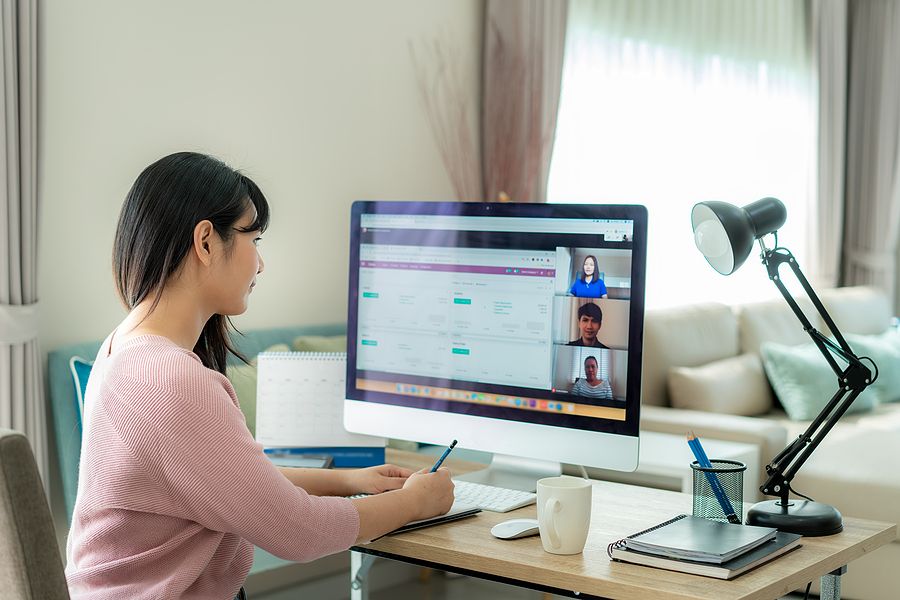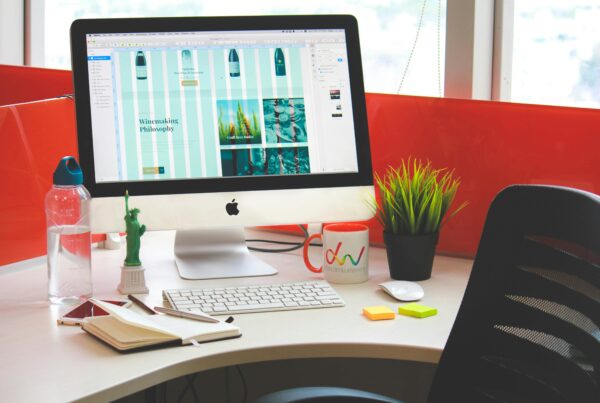 Technology is an immense and constantly evolving sector from which a new device seems to be launched every week, the advance in the development of mobile computer devises have allowed us the flexibility to be able to work almost anywhere. Modern day employment has harnessed these powerful facilities, loading expectations on employees who now have the ability to work almost anywhere. The traditional office environment, whilst still a prominent feature of most well established businesses is being significantly supplemented by a flexible mobile workforce.
Technology is an immense and constantly evolving sector from which a new device seems to be launched every week, the advance in the development of mobile computer devises have allowed us the flexibility to be able to work almost anywhere. Modern day employment has harnessed these powerful facilities, loading expectations on employees who now have the ability to work almost anywhere. The traditional office environment, whilst still a prominent feature of most well established businesses is being significantly supplemented by a flexible mobile workforce.
Laptops, tablets, ipads, kindles and smartphones are the mobile devices of choice at the moment and are quite literally being used everywhere. Around our homes (kitchen table, lounge areas, on the bed )in coffee shops, in bars and restaurants, on trains, in cars, reception areas ,library’s, airports, on the beach are just a few of the areas that have become our modern day extended office. For smartphones – you can just about name anywhere!
Common conditions associated with Laptop use.
The rapid spread of mobile technology and the extensive use of laptop computers, ran ahead of scientific research into the health and safety aspects of their use. A recent study from Curtin University in Australia found that 60% of laptop users reported musculoskeletal discomfort.
Commonly reported musculoskeletal symptoms associated with the laptop and portable computer are visual discomfort, neck pain, upper back pain, shoulder discomfort, arm strains and pains. The type of musculoskeletal injuries that cause these symptoms are often linked to damage to the muscles, ligaments tendons and nerves due to strenuous activity. Most of us wouldn’t consider working on a computer as ‘strenuous activity’, but if you spend hours in a position that strains your body, the activity becomes strenuous. For example peering down at a laptop screen balanced on your lap, or flexing your next upwards to view a screen whilst lying on a bed.
The problem with Laptops
Why are laptops a risk to musculoskeletal injury?
Cornell University Ergonomics Department summarised the problem “The reason is simple – with a fixed design, if the keyboard is in an optimal position for the user, the screen isn’t and if the screen is optimal the keyboard isn’t…” These devises were created with mobility in mind. However many of the design features that make them good have also introduced a whole host of health issues.
8 Health Tips for Laptop Users!
Osteopaths For Industry (OFI) are increasingly being asked about the safest way to work with laptops and tablets. Here’s an easy to follow list of ‘healthy tips’ for laptop users:
- Always try and reduce the stress on your body by maintaining a neutral computing postures (ears, shoulders and hips in alignment)
- Always try to use a full size keyboard and mouse whenever possible.
- Try and work with the top of the laptop screen level with your eyes wherever possible.
- Rest your eyes by having a ‘mini-break’ from working at your screen every 20 minutes. Remember the ‘20-20-20 guideline’- Every 20 minutes, look at an object 20 feet or more away for 20 seconds.
- Don’t sit too close to your screen -viewing distance should be about an arm’s length away.
- Position your keyboard at elbow height, and keep your wrists in a neutral positing (straight, not flexed or extended) while keying.
- If you are sitting – your hips should be slightly higher than your knees.
- Make sure your screen is kept smear free.
In conclusion, whilst giving us all the flexibility of mobility the design and use of laptop computers has led to an increase in visual and musculoskeletal disorders compared with desktop computers. Being aware of these risks is your first step to avoiding the many debilitating conditions that can result from their use. It only takes a little forethought to get organised and put into practice some of the basic guidelines outlined and making them a habit – so get going and stay healthy!










